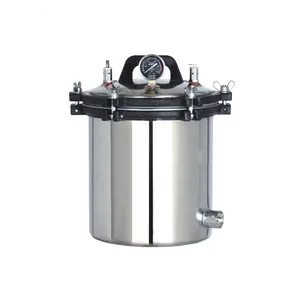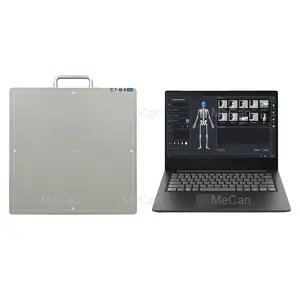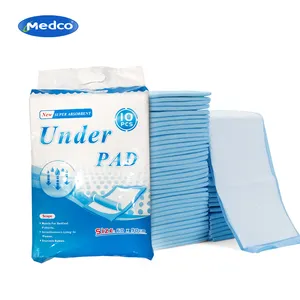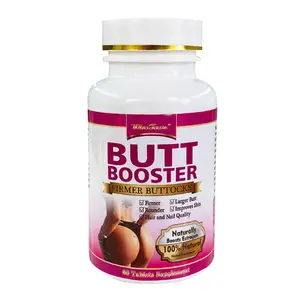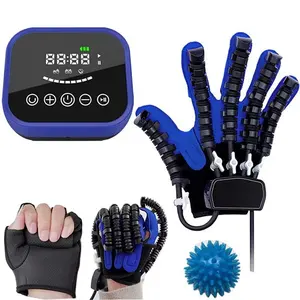Popular in your industry

































































Top categories
About endoscope cabinet
Understanding Endoscope Cabinets
Endoscope cabinets are specialized storage solutions designed to maintain the sterility and integrity of endoscopes, which are delicate and critical medical instruments. These cabinets play a vital role in healthcare settings, ensuring that endoscopes are kept in an environment that reduces the risk of contamination.
Types and Materials
Endoscope storage cabinets come in various types, including endoscope drying cabinets and scope storage cabinets. Materials used in the construction of these cabinets range from robust metals to high-grade plastics and steels, catering to the diverse needs of medical facilities.
Features and Applications
A key feature of many cabinets, such as the endoscope cabinet with HEPA filter, is the integration of advanced filtration systems to ensure a clean storage environment. The applications of these cabinets span across various medical departments, including gastroenterology and pulmonology, where instruments like bronchoscopes require meticulous storage solutions like bronchoscope storage cabinets.
Advantages of Proper Storage
The use of an endoscope drying cabinet or an Olympus endoscope cabinet provides several advantages. These cabinets are designed to facilitate the drying process, which is crucial in preventing microbial growth. Additionally, cabinets like the STERIS endoscope drying cabinet are engineered to support the longevity and readiness of endoscopes for subsequent procedures.
Compliance and Safety
Endoscope cabinets are classified under various medical device classes, such as class II and class III, indicating their compliance with stringent safety standards. Facilities can choose from manual to electrical models, ensuring that their specific operational needs are met.
Choosing the Right Cabinet
Selecting the appropriate endoscope storage solution, like an innerspace scope cabinet or an Olympus scope cabinet, requires consideration of the facility's size, the volume of procedures, and the types of endoscopes in use. It is essential to assess features such as capacity, drying mechanisms, and filtration systems to ensure optimal storage conditions.
